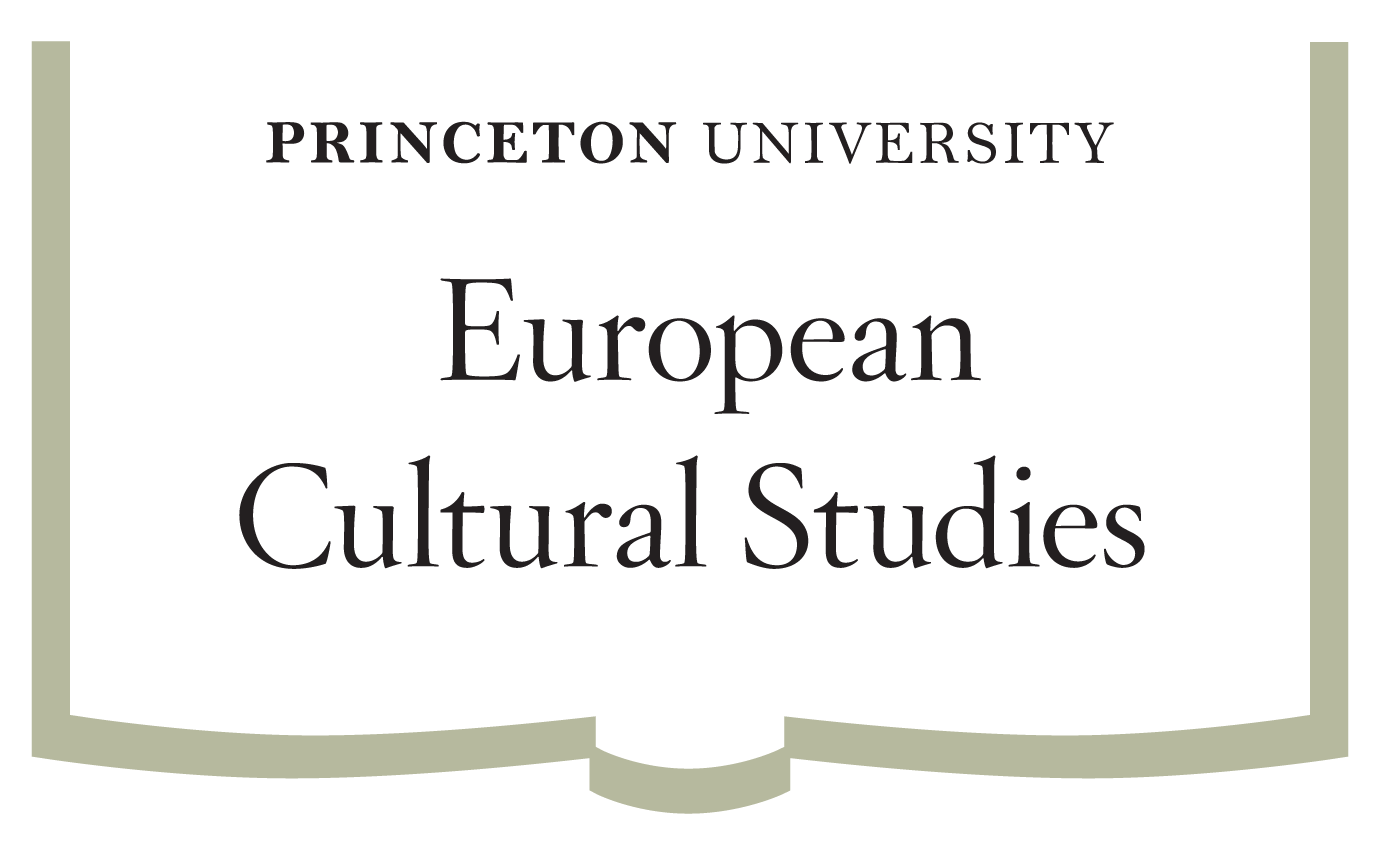During the last century, spectacle became a key notion within the practice, criticism, theory and history of art. It posed a question that remains relevant: How could artists compete with the intensely visual entertainments that were flourishing on the stage, street and screen and attracting increasingly large audiences? This course explores how major artists approached this practical and intellectual challenge, as well as the ways that the theory was generalized and applied in important studies of fascist, capitalist and communist politics, the society at large and the history of 18th- and 19th-century French painting.












